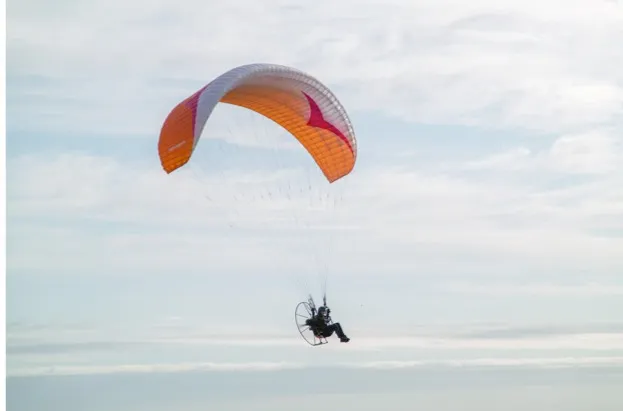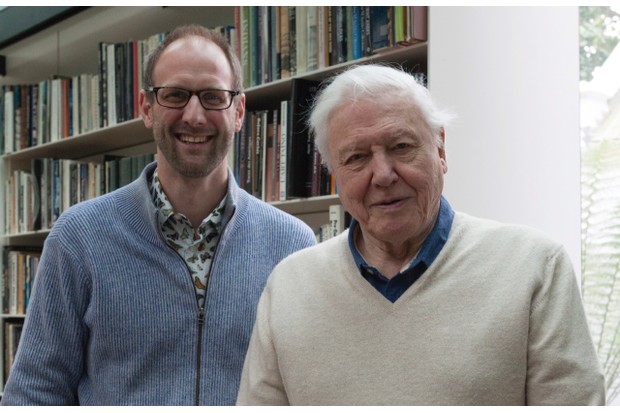A champion sportswoman and conservationist will fly over 7,000km from the Russian Arctic to Britain in autumn 2016, using just a parachute wing and strapped to a small propeller engine.
It will be the first time anyone has attempted to follow Bewick’s swans on their marathon annual migration.
The Flight of the Swans expedition hopes to uncover new science about these graceful wildfowl, which visit the UK each winter and are rarer relatives of Britain’s resident mute swans. Numbers of the species have halved over the past 20 years.
Sacha Dench of the Wildfowl and Wetlands Trust (WWT), who is a former British and Australian free-diving champion, will follow the Bewick’s swans in her paramotor as winter pushes them off their Arctic breeding grounds. She will film and make live broadcasts along the way.
Sacha’s first challenge will be to cross the Russian tundra, one of the wildest and most remote places on Earth. Over 10 weeks she will cross 11 countries – and become the first ever woman to paramotor across the Channel.
Finally she will fly along the River Thames through central London, arriving at the WWT London Wetland Centre in November.
On the way Sacha will face many of the same challenges as the migrating swans, from extreme weather to a hostile landscape of pylons and tall buildings, as well as struggling to find safe places to land, rest and refuel.

“This expedition is very close to my heart,” said Sacha. “It is a chance to learn more about Bewick’s swans and why they’re declining. But just as important, it’s a chance to bring people from very different cultures together – because the swans’ fate rests in our hands.”
“We can’t let the Bewick’s swan population’s decline continue for another decade,” Sacha added. “The idea formed as I realised that many of my paramotoring contacts in Europe were also farmers and hunters – two groups that are crucial to the swans’ survival. This adventure seemed the perfect way to spark the interest of people on the ground.”
“Wherever you land as a paramotorist, whoever is nearby is understandably curious to know where you’ve come from and why. I will be using that interest to tell people the swans’ story and to invite everyone I meet – from reindeer hunters to town planners – to get involved in helping them to survive.”
More than 50 years ago, scientists at WWT first began studying the population of Bewick’s swans that spends the winter in Britain. In 1952 Peter Scott, the renowned conservationist who founded WWT, noticed that the swans wintering at Slimbridge in Gloucestershire all had unique bill patterns.
By making note of these black and yellow bill patterns, it was possible to recognise individual swans and keep track of each bird through the winter, and from one year to the next. The Bewick’s swans have been studied ever since, and the WWT swan study is now one of the longest-running of its kind in the world.
